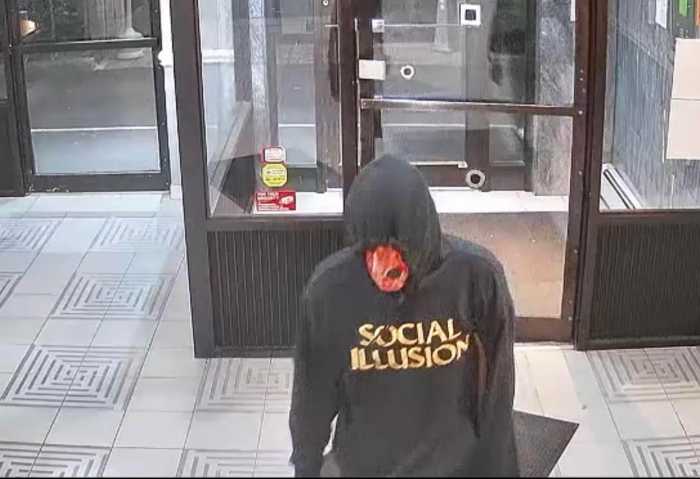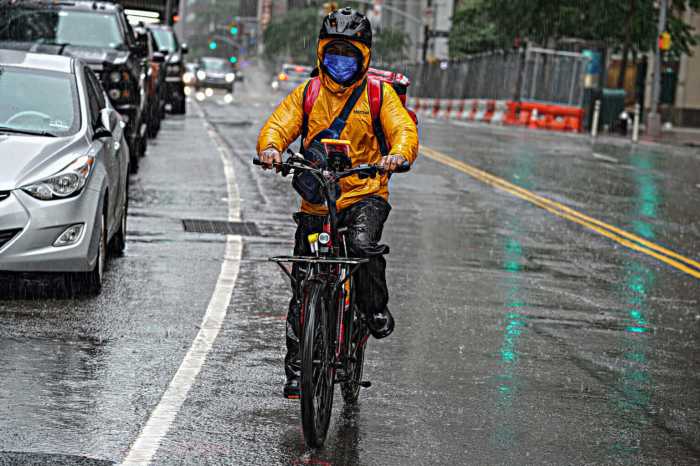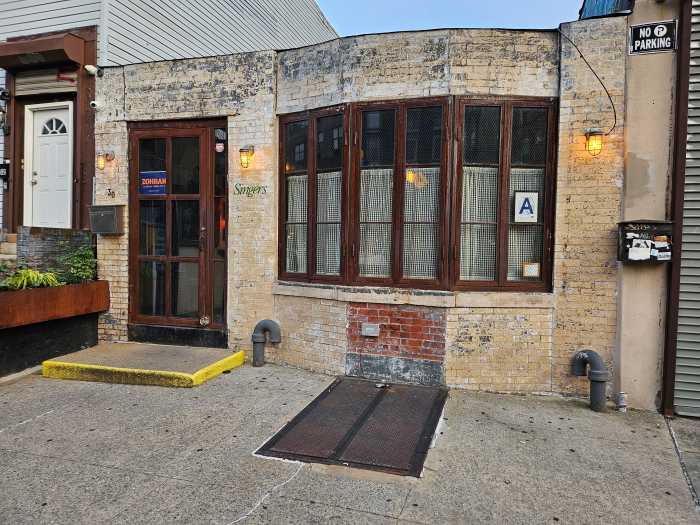
The nation’s $1.3 trillion student loan crisis is deeply felt in New York, where graduates have an average student debt that is greater than the national average. As Washington searches for a solution to the problem, experts say New Yorkers across the board will feel the effects for years.
Graduates who attended schools in the state went from having an average student debt of $18,857 for the 2003-2004 school year to $25,537 in 2011-2012, according to the nonprofit group the Project on Student Debt. The national average, according to the Federal Reserve, is $24,803.
New Yorkers say their loans are the worst burden they have to carry when it comes to the cost of living in the city.
“I, at no point since I graduated in 2008, had more than a few thousand dollars of savings and it’s really scary,” said Brent Black, 30, of Astoria, who is only half way through paying the $60,000 debt he incurred for earning a Master’s Degree at NYU’s Tisch School of Arts.
The numbers
About 28% of New Yorkers between 18 and 34 are in debt with student loans, according to the Federal Reserve Bank of New York.
U.S. World News & Report ranked Fordham University tenth among the schools with the most debt in 2012, with an average of $38,151. The school couldn’t provide more recent figures.
The Project on Student Debt used data from several sources, including figures from optional surveys answered by colleges. According to their database, Pace University had the highest average debt of New York schools last year with $35,895, followed by NYU with $35,104.
Representatives from Pace didn’t comment about the figures.
Columbia University has worked to prioritize grants instead of loans and eliminated tuition and fees for students whose families make less than $60,000. The school’s former dean of financial aid told the Columbia Daily Spectator in 2011 that its average student debt was $8,886, but the school couldn’t provide more recent figures.
NYU spokesman John Beckman said the average student debt at the school declined between 2011 and 2013 and that the institution is taking steps to help boost financial aid, such as a $1 billion scholarship fundraising campaign.
Ramifications
Victoria Sobel, 23, who is featured prominently in the documentary “Ivory Tower,” which opened Friday and focuses on the student loan crisis, said she had $55,000 in student debt after she graduated from Cooper Union last year. Even though the Maryland native didn’t pay tuition for her art degree, she said she still had to take out loans to make ends meet in the city.
“At that time, people had this sticker shock, but we just had to do it, we had to take out these loans,” she said.
Today, Sobel has said the struggle continues because her two part time jobs aren’t making a dent in reducing that debt.
Cooper Union didn’t return messages for comment.
Black, a comedian and musician, said paying off his debt came with a lot of worrying and tough life decisions. He said things got worse when it was sold to two different financial institutions and the new companies raised the monthly rate to as much as $700 a month.
“Getting a house and car in the next few years is next to impossible,” he said.
Black and his girlfriend came very close to moving out of New York in February because of the additional financial burden caused by the loans.
Tamara Cacchione, 33, who racked up debt when she earned a Master’s Degree in public service at Columbia University last year, couldn’t stay in the city. She and her boyfriend, who had $120,000 in debt for his similar Columbia degree, moved to Boston after graduation because it was the only way they could affordably make use of their degrees.
“We didn’t enter a field where we get paid very much, so it made more sense to move out and the quality of life is a little better,” she said.
Andrew Ross, professor of social and cultural analysis at NYU, who has been studying the student debt crisis for years, said this exodus of highly educated people out of the city is detrimental to New York’s economic health. “In the end, everyone, even New Yorkers with stable financial backgrounds, suffer,” he said.
The roots of the problem
Without much help in terms of endowment funds or federal assistance, a lot of schools have to rely heavily on tuition to pay for the increasingly high cost of competing with their peers, Ross said.
The average New York college tuition increased by $7,000 over the last decade and the total cost of school went up by more than $12,000 during that same period, according to the Project on Student Debt. Colleges have been prioritizing the wrong things, too, Ross said.
“There are more administrators than full time faculty and their salaries are pretty bloated,” he said.
Andrew Rossi, the director of “Ivory Tower,” said students are the victims of an “academic arms race.” Schools are spending too much money on expanding their campuses and funding other expensive programs that distract from the core educational mission, Rossi said.
Andrew Delbanco, a Columbia University professor who helped Rossi with his film, noted that government financing for public universities and Pell grants have declined over the last two decades.
“This just tells people, who aren’t wealthy, you don’t have the right to an education,” he said.
Solutions
Although President Barack Obama signed an executive order that allows low-income borrowers to cap monthly student loan repayments at 10% of their income last week, Senate Republicans filibustered a bill supported by the president that would have allowed students to refinance their loans like they would a car or home loan.
Sen. Kirsten Gillibrand, who co-sponsored the bill and has been pushing Washington to act on the crisis, warned of the ramifications for 2.7 million New York state residents with loans.
Her office said if the 6.8% federal student loan rate were lowered by just 2%, a student with $26,000 in debt could save $9,800 in interest payments alone.
Last week’s attempt was beneficial, Ross said, because it helped to get the conversation about the loan crisis into the open. He said the only real solution would be to lower tuition, adding that in New York’s case, the state and city should reconsider bringing back CUNY’s former set up of free college for high school students with high GPAs. City Councilwoman Inez Barron, who is the chair of the higher education committee, agreed.
Barron, who graduated from Hunter College in the ’60s, said the goal isn’t as far fetched as it might seem, especially since the investment would pay off with more highly-qualified young adults in the city.
“We can put our heads together and come up with a way that can help these kids who really want that education,” she said.
Barron added that schools do a better job of highlighting the pitfalls of student loans.
Black, who amassed $60,000 in debt, would have appreciated some guidance in that area.
“I would love to have gone back and told myself ‘Hey man get yourself a part-time job, work those extra hours,'” he said. “I maybe could have paid off those loans earlier.”
-With Ethan Leavitt and Zoë Lake



































